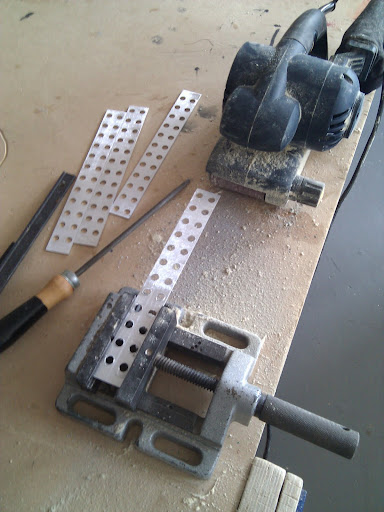That picture is from a witbier, so the white in the hops/floaty orange bits are just dried orange peel residue. Normally get a nice mound of hops that holds stable until it collapses at the very end of drain to cube.Was looking at the beerbelly hop screens, I've never had a trub cone look like that before hsb, obviously it doesn't obstruct the whirlpool too much.
That is purely from a 5 minute manual whirlpool with a big wooden spoon, I don't recirc in the kettle.
Be interested in your solution to Mash return. I've used a piece of silicon tubing just resting on grain bed but have recently started to worry about channelling/looking at alternatives. I could just put holes in the tubing, to mimic your classic copper fly sparge style return. Or I've also considered using a big copper showerhead.
Resting a metal ring on the grain bed sounds fine. No different to others using saucers or tubing or custom built ones with a saucer collecting from tubing. You could just have a length of silicon tubing to allow for adjusting height, then the ring. You'd want the holes in the ring pointing away from the grain bed, angled in and out at enough of a degree so as not to just fire straight through the grain.
I've yet to see a solution that really inspired me personally.










